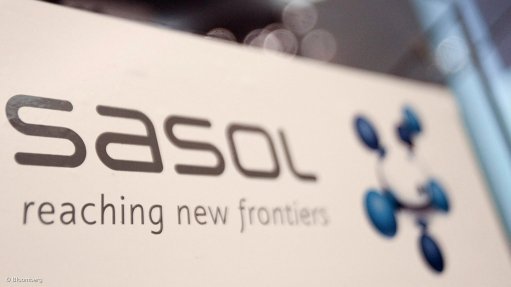
Chemicals and energy group Sasol reports that output at its Secunda Synfuels Operations (SSO) stabilised in the third quarter, following the total shutdown of the West factory during the first half of its 2019 financial year, which had negatively affected production.
In a note to shareholders, Sasol said SSO maintained stable production during the quarter, continuing to support a normalised yearly run-rate of 7.8-million tons.
“Stable production at SSO has enabled us to offset the previously reported 6% reduction in production volumes for the first half of the 2019 financial year, now resulting in a 3% reduction in volumes compared to the prior year.”
The group now expects to achieve the upper end of its planned production target of between 7.5-million and 7.6-million tons for the year.
Higher output from SSO and the Natref refinery resulted in a 4% increase in liquid fuels sales volumes in the March quarter when compared with the prior period and Sasol said it remained on track to achieve the upper end of its sales volumes market guidance of between 57-million and 58-million barrels.
The Oryx gas-to-liquids facility, in Qatar, achieved an average utilisation rate of 86%, as a result of the extended shutdown, and Sasol lowered it outlook for the plant’s average utilisation rate for the 2019 financial year to 83%.
Base chemicals sales and volumes recovered during the third quarter and Sasol indicated that year-on-year volumes would be 1% lower, despite a 6% year-to-date decrease in sales volumes compared with the prior year. Performance chemicals sales volumes, meanwhile, had been revised to between 1% and 2% lower than the prior year.
The Lake Charles Chemicals Project (LCCP), in the US, was reported to be 96% completed and Sasol said it expected the ethylene oxide and ethylene glycol unit to reach beneficial operation in June. As at the end of March 2019, capital expenditure on the LCCP amounted to US$11.4-billion.
“During the period ending March 31, 2019, we experienced higher average crude oil prices compared to the prior year, which benefitted our energy business. This was offset by weaker refining margins, due to lower petrol differentials. Our chemicals businesses are experiencing softer prices in some end-markets.”
Sasol also reported that it had benefitted from the weaker rand/dollar exchange rate during the quarter.